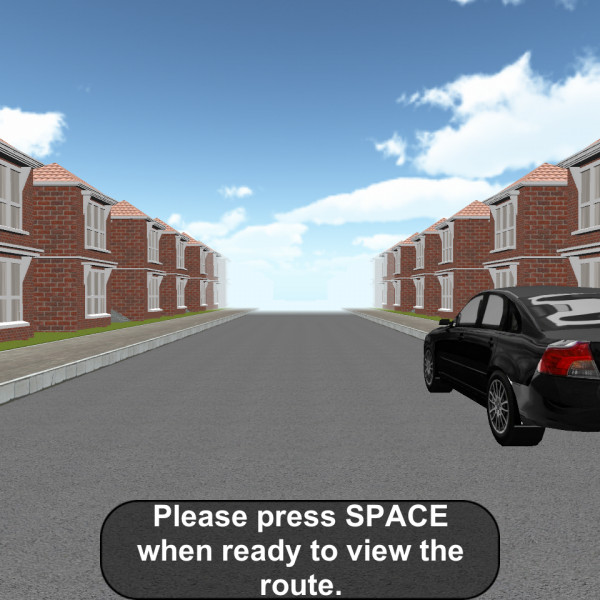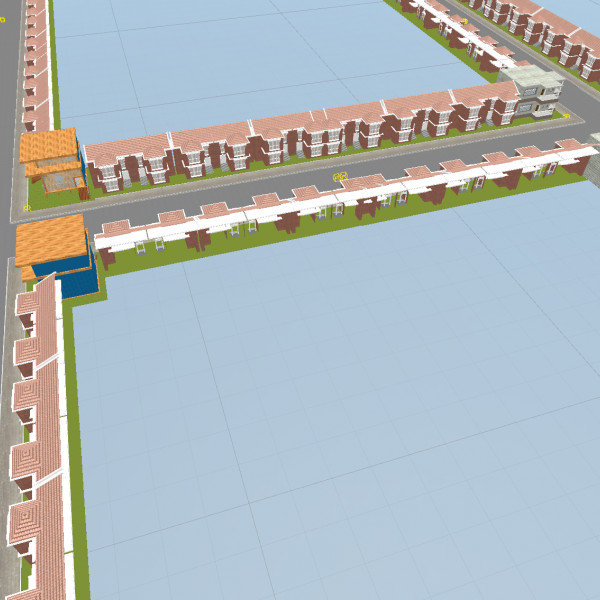Jan’s journey into the world of wayfinding
As a scientist, Jan naturally gravitated toward navigation projects. Whilst a biology undergraduate and paid research assistant, he studied bee navigation before completing a dissertation on fruit fly orientation. During his doctorate, he began to study human navigation. His early work explored spatial memory and how it affects our ability to find our way through the world.
Jan finds navigation fascinating because it’s truly interdisciplinary. Every member of the animal kingdom, including humans, needs to find their way. It’s even possible to study the evolution of navigation mechanisms by comparing different animal species and their navigational abilities.
More recently, he’s collaborated with computer scientists who are interested in biologically inspired robot navigation – how people read maps, how they use maps, and how they navigate. He’s also interested in the practical applications of wayfinding. Why? Talk to anyone in the world – everyone has been lost – and everyone has their own unique experiences, and opinions about navigation.


The impact of ageing on wayfinding design
Moving to Bournemouth – an area with a higher proportion of elderly people than the UK national average – sparked Jan’s interest in how ageing and dementia affect our navigational abilities. It’s currently a strong focus of his research.
A recent review of existing research revealed how psychology can help to inform ageing and dementia-friendly design. Firstly, landmarks are essential for navigation and orientation. They need to be unique, salient, persistent – and they need to be placed at relevant locations such as decision points and corridors.
Architectural differentiation is also vital. Studies with older people, who were asked to find a route through a retirement home, reveal that it can be very disorientating when all the corridors look the same, especially when there are no windows to the outside world. Path integration mechanisms – the ability to update your position in space as you travel – declines with age. That means featureless environments tend to disorientate older people.
Age-related changes also impact our navigational abilities. Our vision and contrast sensitivity tends to decline with age. Navigational aids therefore need to be in high contrast. Older people tend to look down more – possibly because there’s a higher risk of falling. For that reason, wayfinding signage needs to be located in line with or below eye level.
Interviews with retirement home residents also reveal that their decision to move there is often influenced by the building’s resemblance to a luxury hotel. After a few months, they realise they don’t want to live in a hotel. So, the challenge for wayfinding designers is how to create signage that doesn’t make a retirement home look like an institution.
Combining icons with text is important – especially for residents with cognitive decline. That’s because they typically have problems with reading or understanding icons. Interestingly, the value of ‘You are here’ maps to people with dementia or cognitive decline is debatable. For example, if this type of map is misaligned – meaning North is not forward – they can be difficult to interpret because they must be mentally rotated.
It’s much easier for people to find their way with appropriate signage as opposed to ‘You are here’ maps.
Researching human navigational ability
Right now, there’s a lot of discussion around the use of technology to navigate. Not so long ago, people had to study paper maps to navigate long distances. In a car, often a passenger would do the map reading. Human brains are no longer trained to read a map.
These days, people pull out their smartphones. To what extent that will impact the evolution of our navigational abilities is unknown. Will a new generation lose those abilities because they outsource them to a smartphone? A control group of young people who do not use smartphones would be needed to make a valid comparison.
Jan’s research projects often involve collaborations with companies and organisations – such as NHS Trusts. Research takes a long time, so it’s a strategic investment to develop a knowledge base for the future.
In one recent example, a PhD student was embedded within an NHS hospital to study how users navigate through the building, looking at why and where they get disorientated. Research activities include focus groups and interviews with users to figure out the barriers to successful navigation. The outcome is to present wayfinding design suggestions for improving the user experience.
There are also theoretical research proposals. These are sent to a research council where they’re peer-reviewed. If a proposal is approved by the council, funding is released, and Jan and his team can undertake the research. He also oversees undergraduate and master’s projects in the field.
How research can influence wayfinding design
One book on the shelves of anyone involved with navigation research is Kevin Lynch’s ‘The Image of the City’. In fact, it influenced Jan’s PhD research, including regions in the environment, and how we perceive the environment in parts.
This fundamental research can be used to improve everyday navigation. In fact, psychologists have exactly the right tools to compare different signage and wayfinding designs before they’re implemented. Their scientific studies can provide practical feedback and insights to design companies looking to solve complex navigational problems in built environments such as airports and hospitals.
Discover more about Professor Jan Wiener on the Bournemouth University website.
Our podcast is available on Spotify, Apple Podcast and YouTube. Don't forget to subscribe and rate us!



